Whether you’ve got many acres or just a tiny patio to work with, we’re betting you enjoy having some living green things around. Plants provide shelter, beauty, fragrance and food, all of which help to improve and enhance our living spaces. But, there’s another important function for potted plants, container gardens, raised beds and in-ground plots: each can serve as a micro-environment that welcomes wildlife and encourages pollinators to visit.
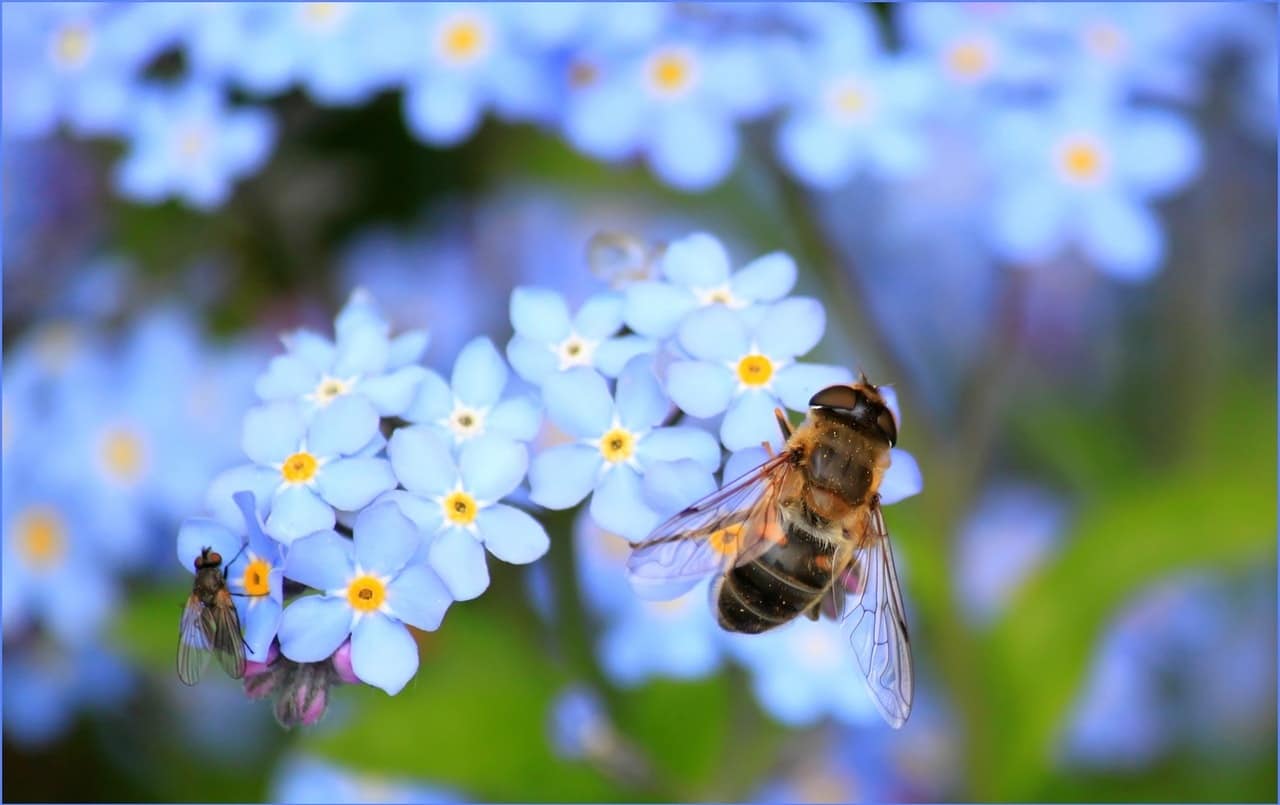
Planning your garden to appeal to pollinators, like wild bees, birds and butterflies, is one of the best things you can do, not only for your own plants, but for your community at large. Bees are perhaps the most common pollinator: According to the USDA, there are over 4,000 species of native bees in the U.S., 21 of which can be found on the East Coast. You may have heard that due to parasites and disease and the impacts of industrial agriculture, the population of bees has significantly declined. This is concerning because their role in pollinating crops, such as apples, pears, tomatoes, strawberries and peppers, is essential! Because bees have fuzzy abdomens, when they visit flowers to extract nectar, they can pick up little bits of pollen on their bodies, which are then transported to other flowers as they fly around.
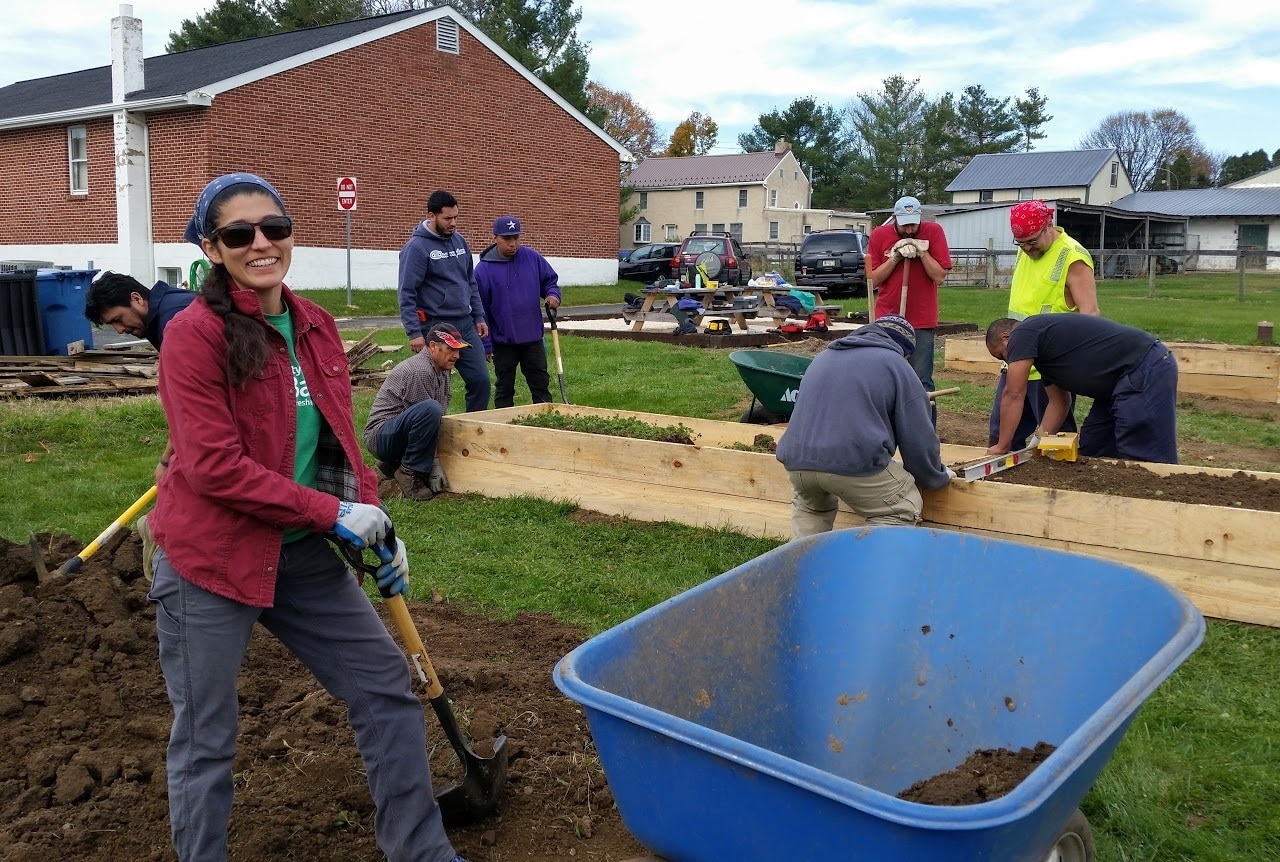
CCFB’s Raised Bed Garden Program Manager, Raina Ainslie, on-site with a crew of volunteers
With some simple choices, you can plant a pollinator garden that attracts pollinators, helps them to thrive and helps the plants in your own garden and your neighbors’ gardens, as well! We’ve asked our friends at Chester County Food Bank for some advice — they know a thing or two about gardening! CCFB operates an impressive Raised Bed Program across 100 sites in Chester County. In 2017 alone, these gardens grew over 40,000 pounds of fresh vegetables for the Food Bank’s partner food cupboards and agencies. The Program Manager, Raina Ainslie, offers these tips for inviting pollinators into your yard:
Help Out With a Habitat
Take a look at your yard or outdoor space. Are there areas where you can add more plants and flowers? Covering cement or replacing non-flowering plants (like grass) is one of the first steps to creating a space that is friendly to pollinators. Even a few square feet of flowering woody plants or native perennial plants can make a big difference!
If you already have an abundant edible garden, consider planting flowering herbs or ornamentals among your food-producing plants. If you are able, at times throughout the growing season, allow a few of your leafy plants to bolt and produce flowers.
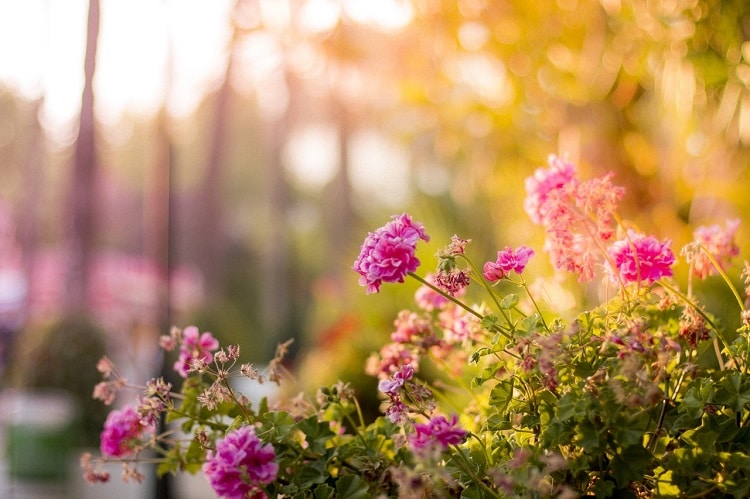
Also, many native plants, which we have been conditioned to view as weeds, are highly attractive to pollinators. As Wendy Gaynor, Director of Food Security Initiatives at Chester County Food Bank, says, “The dandelions are our friends!”
All pollinators require food, water and shelter. A small birdbath or fountain is helpful for hydration, and a small overgrown patch of grass in your yard will provide shelter from predators and harsh weather for these small creatures.
Choose Flowers With Care
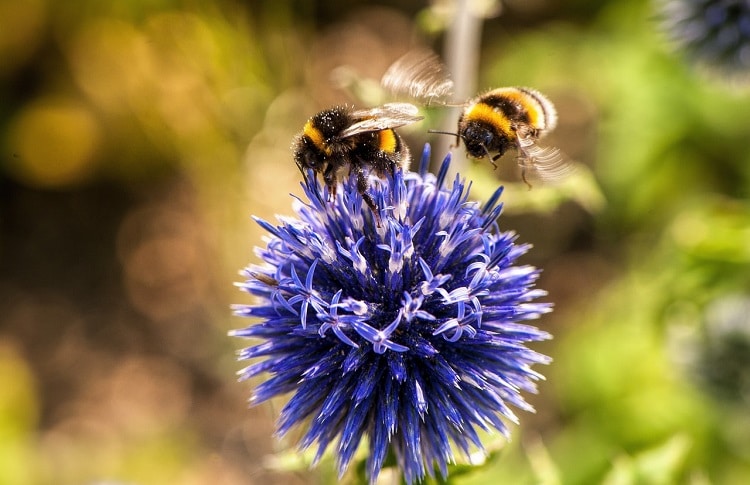
Bees are most attracted to blue, violet, yellow and white flowers. (Fun fact: Bees cannot see the color red!) They’re always looking for flowers that are full of nectar, and they prefer a sweetly aromatic or minty fragrance. Bees make their rounds during the daytime, and prefer flowers that are open while the sun is out. Flowers with large petals provide helpful landing platforms, and bilaterally symmetrical, where one side is a mirror image of the other, makes extracting nectar easier.
Examples: Black-Eyed Susan, Purple Coneflower, Lavender, Sunflowers, Borage (a.k.a. Starflowers), Cosmos and Chives.
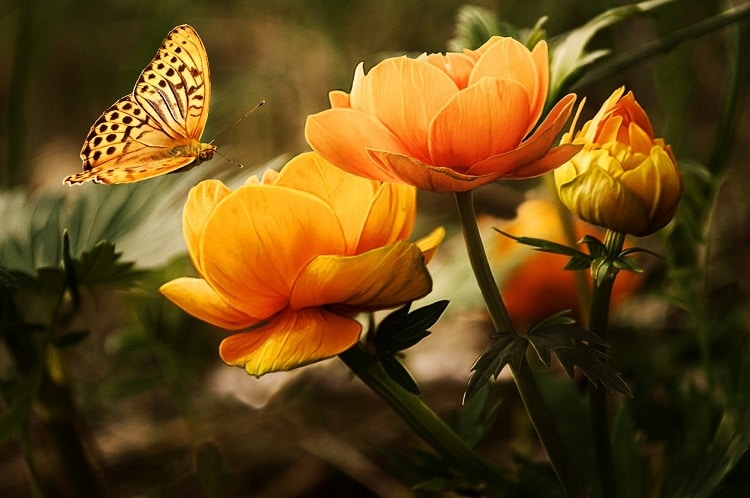
Butterflies prefer bright colors, like red and violet, with a faint but fresh aroma. Flowers that are shaped like a narrow tube with a wide landing pad encourage them to visit. Butterflies are more apt to visit flowering plants in full sun that also have protection from wind. Small open areas, like large stones, provide places for butterflies to bask, and moist soil provides them with a source of minerals.
Examples: Alyssum, Milkweed, Queen Anne’s Lace, Fennel, Snapdragons, Daisies and Yarrow.
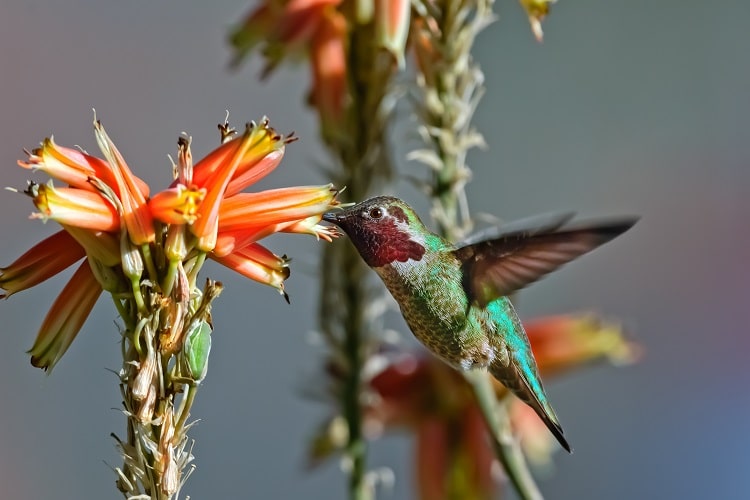
Hummingbirds are attracted to scarlet, orange, red or white flowers with tubular shapes where they can draw out nectar with their slender beaks and long tongues. As they are a bit heavier than bees and butterflies, flowers with a strong perch support are helpful for them. Hummingbird feeders, filled with a sweet nectar substitute, are also popular among many gardeners.
Examples: Dahlia, Lillies, Nasturtium, Bleeding Heart, Hollyhocks, Iris and Zinnia.
It’s suggested that you plant in groups to increase pollination efficiency. When a bee or butterfly can visit the same type of flower over and over, it quickly learns how to enter the flower. While grouping flowers is encouraged, planting a diverse variety of plants and flowers will also create a vivid and interesting place for pollinators to visit, and will attract a wider array of them. It’s also helpful to choose plants that will flower at different points throughout the year.
Pass on the Pesticides
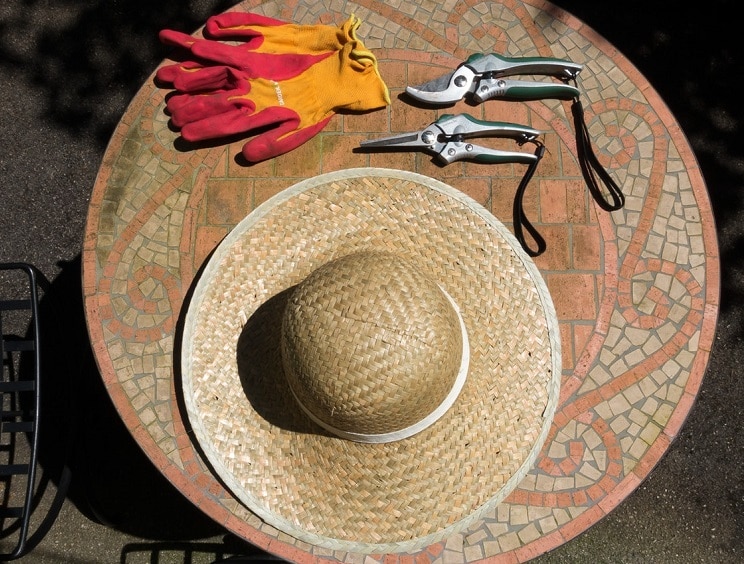
When it comes to planting a pollinator garden, growing the right plants is only half the job. The other half is a commitment to eliminate harmful pesticides. Pesticides can’t choose which critters they kill and which they don’t — while spraying your lawn or gardens might make weeding easier or help to keep annoying bugs away, it can eradicate helpful pollinators, too. Consider organic weed controllers, and invest in natural, non-dyed mulch and the soil enriching powers of compost instead.
Thanks, again, to the skilled, knowledgeable gardeners at Chester County Food Bank for these informative tips on how to plant a pollinator garden. Will you try some of these techniques this year?
Find Chester County Food Bank at 650 Pennsylvania Dr. in Exton; phone: (610) 873-6000.
- Photo of Raina Ainslie: Chester County Food Bank
- Hummingbird photo: Bigstock
- All other photos: Pexels
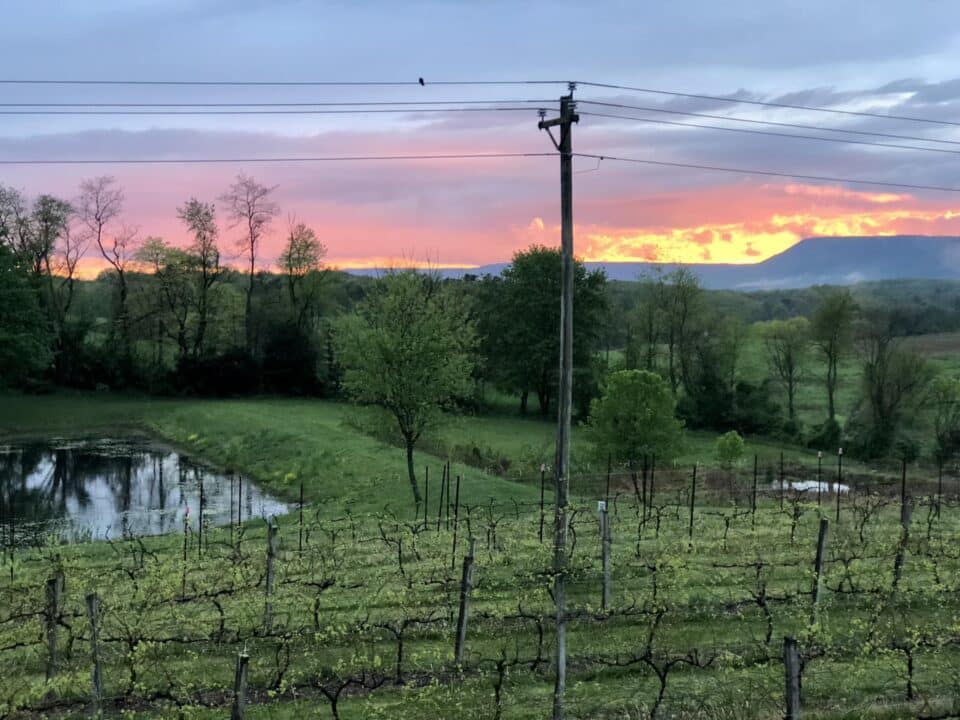
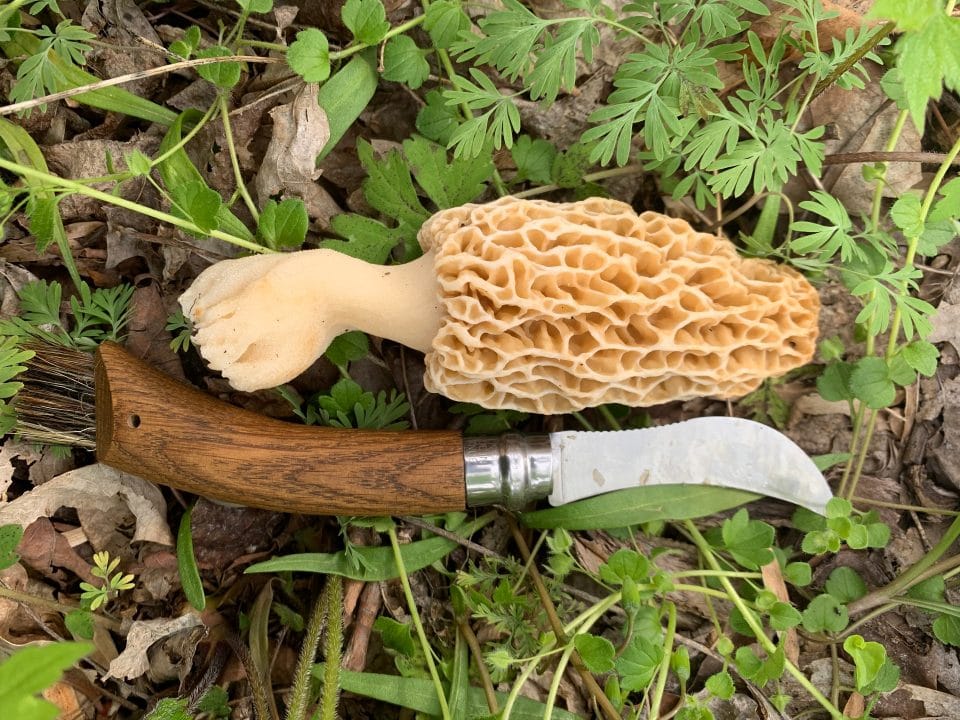
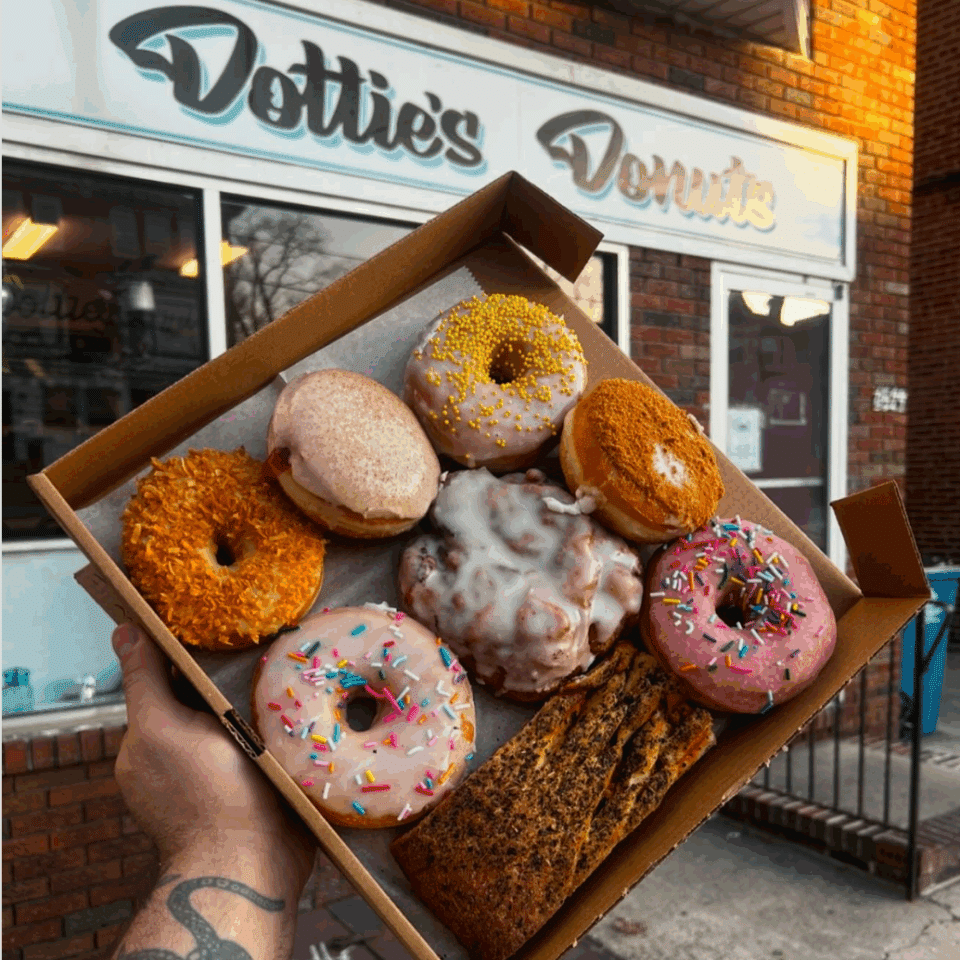


One Comment